İzmir Tarımı Geliştirme Merkezi | Sasalı Biolab
TARİH:
23 Ekim 2023
İZMİR TARIMI GELİŞTİRME MERKEZİ – SASALI BİOLAB
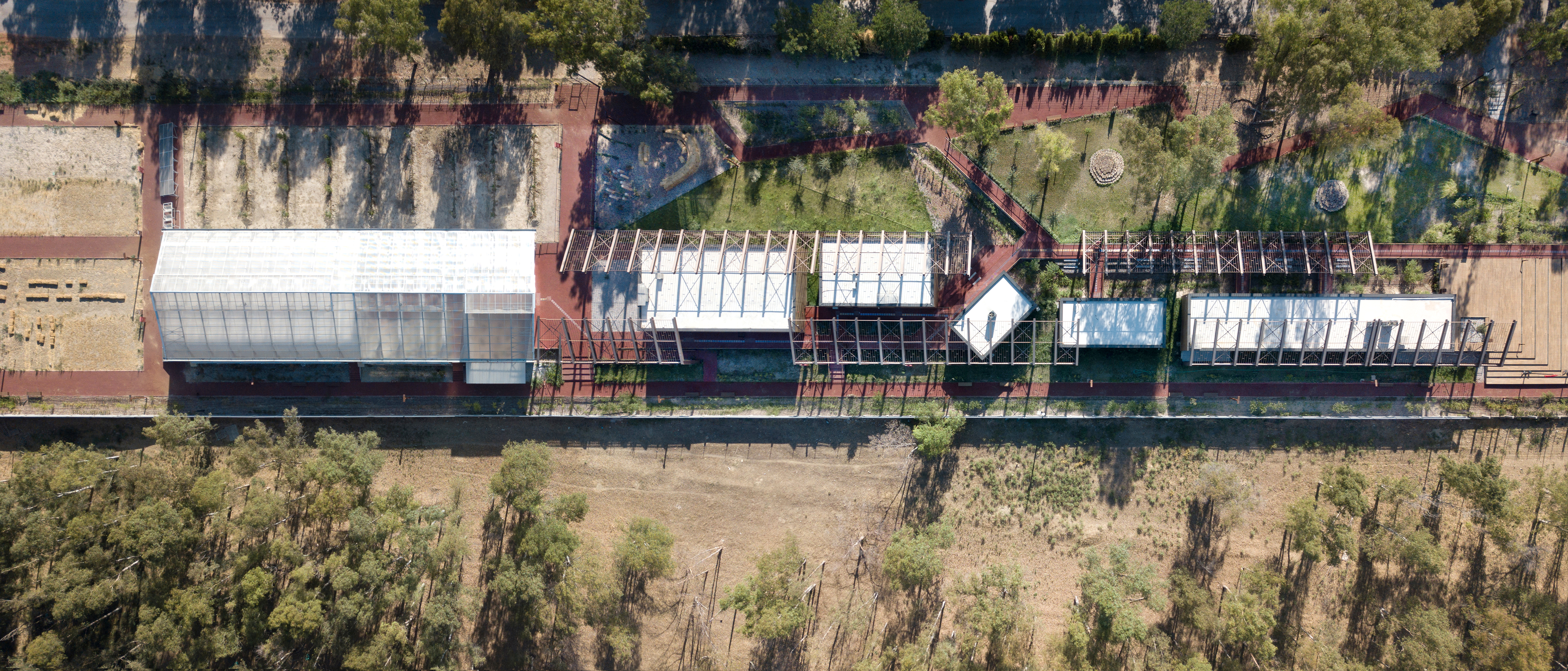
Horizon 2020 kapsamında hazırlanan proje, deneysel ve uygulamaya dönük veri toplamaya ve değerlendirilmesine yönelik tasarlanmıştır.
İnsan eliyle şekillenen doğal çevrede yaşanan deformasyonlar, günümüz yaşam koşullarını dönüştürmekte ve bu sebeple söz konusu dönüşümlere uyum sağlayabilecek yaşamsal faaliyetlere ilişkin (beslenme ve barınma gibi) yeni düzenlenmeler ve teknikler geliştirmek bir zorunluluk haline gelmektedir. Kuşkusuz küresel çapta belirmeye başlayan böyle bir zorunluluk üzerinde teknolojik gelişmelerin negatif ve pozitif yönlü etkisi oldukça fazladır. Bu noktada belki de teknolojiyi negatif ve pozitif yüzlü bir madalyona benzetmek yanlış olmayacaktır. Özellikle 2000’ler sonrası yaşanan hızlı teknolojik gelişmelerin doğal çevreyi negatif yönlü etkilediği açıkça görülse de, günümüzde bu sorunsala yine teknoloji aracılığıyla çözüm yolları arandığı da ortadadır. Bu sebeple küresel boyutları gün geçtikçe artan doğal çevre deformasyonunun dünya üzerindeki canlılığı (yaşam) ne ölçüde etkilediği ya da etkileyeceği hususu, bugün birçok araştırmaya konu olmaktadır. Söz konusu araştırmalardan gelecekte belirecek küresel ısınma, iklim değişiklikleri ve kuraklık, toprak kalitesinin düşmesi gibi çevresel sorunlara alternatif çözümler üretmesi beklenmektedir.
Bu kapsamda Türkiye ölçeğinde irdelendiğinde; özellikle son yıllarda dış göç ile daha da artan nüfus ve buna paralel olarak ortaya çıkan barınma gereksinimi, yapılı çevre alanlarının çoğalmasına neden olmaktadır. Bu durum son yıllarda kentsel alanlardaki tarım alanlarını tehlikeye sokmaktadır. Daralan kent merkezleri artan nüfusa cevap veremediğinden, kent çeperine doğru yayılım gösteren yapılı çevre olgusu tarım alanlarını dönüştürmektedir. Bunun yanı sıra 21. yüzyıl gündelik hayatı ile değişen yaşam standartları ve uygulamaya koyulan tarım ve hayvancılık politikaları kırsal alanlardaki kullanıcıları kente göç etmeye itmektedir. Tarım ya da hayvancılıkla uğraşan kullanıcı sayısının ülke çapında azalma eğilimi göstermesi gelecekte her iki faaliyete ilişkin çok ciddi problemlerle karşı karşıya kalınacağını göstermektedir. Bu tür bir azalma eğilimine çevresel deformasyonların neden olduğu doğal kaynaklardaki azalma sorunsalı da eklendiğinde problemin boyutu daha da net kavranacaktır. Özellikle son yıllarda boyutu tüm dünyayı etkisi altına almakta olan küresel ısınma ve kuraklık sorunu, gezegen üzerindeki canlılığın sürdürülebilirliğini tehdit etmektedir. Bu kapsamda küresel (makro) ve yerel (mikro) ölçekte alınacak önlemler ve gerçekleştirilecek uygulamalar ile gelecekte oluşabilecek tehditlere uyum sağlayabilen ve canlılığın devamını esas alan projeler üretilebilecektir. “Sasalı İklim Duyarlı Tarım Eğitim ve Araştırma Enstitüsü” de söz konusu projelere İzmir özelinde örnek teşkil edecek bir uygulama olarak ön plana çıkmaktadır. 2080 yılı itibariyle İzmir’de başlayacak olan kuraklık öngörüsüne dayandırılarak hazırlanan proje, kuraklık durumuna hizmet edecek deneysel bir çalışmanın ürünüdür.
İzmir’in Çiğli İlçesi, Sasalı mevkiinde yer alan proje, eğitim ve üretim odaklı olacak şekilde kurgulanmıştır. Bu amaçla tasarlanan proje kapsamında, normal ve akıllı toprak uygulamalı tarım alanları, yüksek sıra dikim uygulamalı tarım alanı, seralar, eko pazar, çok amaçlı salon, eğitim sınıfları, yönetim, laboratuvar, kütüphane, teknik servis ve ıslak hacim alanları oluşturulmuştur. Lineer bir kurguda dizilen birimleri bir arada tutan bioswale (biobulvar) ve ona eklemlenen sirkülasyon aksı, tasarımın omurgası olarak ön plana çıkar. Böyle bir omurga kurgusu, alanı ziyaret edecek kullanıcılara enstitünün işleyiş mekanizmasını kavrama ve deneyimleyerek öğrenme olanağı sunar. Kuzey-güney aksı boyunca uzanan alana giriş, kuzey aksından sağlanmaktadır. Ana girişten itibaren başlayan sirkülasyon omurgası ziyaretçileri/kullanıcıları öncelikli olarak eğitim odaklı mekanlara (laboratuvar ve kütüphane gibi) ulaştırır. Eğitim amaçlı mekanlar ile tarım faaliyetlerini içeren mekanlar (seralar ve dikey bahçe gibi) sirkülasyon aksının genişleyerek oluşturduğu eko pazar alanı ile birbirinden ayrışır. Eko Pazar alanından sonra konumlanan tarım faaliyetleri alanları kullanıcıları farklı tarım tekniklerini görmeye ve deneyimlemeye davet eder. Alanın güney ucuna konumlanan normal ve akıllı toprak uygulamalı tarım alanları ile tasarım kurgusu sonlanır.
KENTSEL BELLEĞİN DÜNÜ-BUGÜNÜ-YARINI
Proje alanının yaklaşık 100 yıllık süreçteki fiziksel çevresi incelenmiştir. 1970’li yıllara kadar kırsal peyzaj içerisinde yer alan proje alanı çevresinde, bu yıldan itibaren kademeli olarak kentleşme faaliyetleri görülmüştür. 2008 yılında Sasalı Doğal Yaşam Parkı’nın inşa edilmesi ile, proje alanı çevrelenmiş ve günümüzdeki kimliğine kavuşmuştur. Avrupa Birliği’nin Urban GreenUp Programı kapsamında çalışma alanı akademi-yerel yönetim-yüklenici işbirliğinde 2019 yılında projelendirilmiştir. 2050 yılına kadar dünya nüfusunun %80’inin kentsel alanlarda yaşayacak olmasından dolayı kentleşmenin yeniden doğallaştırılması bu süreçte hedeflenmektedir.
IPCC AR4’e göre 21. yüzyılda Türkiye dahil olmak üzere Güney Avrupa’da daha sık, şiddetli ve uzun süreli kuraklıklar, sıcak hava dalgaları ile kısa süreli fakat şiddetli sağanak görülen günlerin sayısında artış beklenmektedir. Bu kapsamda hidro-meteorojik aşırılıklara karsı direnç yaratılmasına ilişkin; iklim değişikliğinin etkilerinin azaltılması, sürdürülebilir yağmursuyu yönetimi ve doğa esaslı uygulamaların yaygınlaştırılması konularına duyarlı davranılmış ve tüm bunlara ilişkin stratejiler geliştirilmiştir.
Sorunlar -1 : Su taşkın riski-sel
Çözüm -1 : Yüzey suları bioswale’e aktarılarak buradaki özel seçilmiş yerel bitkilerle temizlenerek sızdırma havuzlarında toplanır. Taşkının çok olması durumunda alttaki drening sistemine aktarılır. Drening sistemi suyu depolar ve taşkın bitip toprak kuruduğunda, temizlenmiş suyu yer altı sularına tekrar kazandırır.
Sorunlar -2 : Polenleme yapan böceklerin azalması
Çözüm -2 : Peyzajın yerel bitkilerden ve polen çeken bitkilerden seçilmesi. Hiçbir kimyasal içermeyen doğal malzemelerden üretilen polinatör evleri yaparak polinatör böceklere uğrak noktası oluşturmak
Sorunlar -3 : Toprağın tuzlu hale gelmesi ve tarımın verimsizleşmesi
Çözüm -3 : Topraksız tarım tekniğinin uygulanması, dikey tarım tekniğinin uygulanması, biochar (akıllı toprak) uygulamala tarım tekniği, yüksek sıra dikim uygulamalı tarım alanı
Diğer çözüm önerileri :
- Biobulvar rotası yaparak insanları bilinçlendirmek.
- Farklı uygulamalı tarım teknikleri ile verim ölçmek.
- Kooperatifleşmeyi desteklemek
- Doğal malzeme kullanımını desteklemek
- Çatılardaki suyu depolayıp tekrar kullanmak
_Arkitera İşveren Ödülü
_Türkiye Mimarlık Yıllığı 2021
_Ulusal Peyzaj Ödülü
_Ulusal Mimarlık Ödülü Finalisti
_Avrupa Birliği Horizon 2020 Programı En Yüksek Hibeli Bütçe Kazan Projesi
_ISBS 2019 Sustainability Award - En İyi Sürdürülebilir Uygulamalar Yarışması
_Sürdürülebilir Tarım Kategorisi Birincisi
Proje filmi için tıklayınız.
IZMIR AGRICULTURE DEVELOPMENT CENTER – SASALI BIOLAB
Shaped by the hands of humans, the deformations experienced in the natural environment are transforming today's living conditions. Therefore it has become a necessity to develop new strategies and techniques related to life sustaining activities (such as nutrition and shelter) that can adapt to these transformations. Undoubtedly, the negative and positive effects of such technological developments on a necessity that appears on a global scale are quite high. At this point, perhaps it would not be wrong to compare these technological developments to a negative and positive-faced medallion. Although it is clear that the rapid technological developments experienced after the 2000s has had a negative effect on the natural environment, it is obvious that solutions to these problems are still being sought out through technology. For this reason, how and to what extent the daily increase of the global dimensions of these environmental deformations will affect viability (life) around the world is the subject of many studies today. These investigations are expected to produce alternative solutions to such environmental problems as global warming, climate change and drought, and the degradation of soil quality.
When examined within the context of the scale of Turkey; the proliferation of the built environment has been caused by the further increase of the population through emigration in recent years, paralleled with the increasing need for accommodation.In recent years, this situation has endangered the agricultural areas within the urban context. Due to the fact that shrinking urban centers are unable to respond to the increasing population, the built environment phenomenon continues to spread toward the peripheries of the city while transforming agricultural areas. In addition to this, the changing living standards of 21st century daily life and current agriculture and livestock policies push the inhabitants of rural areas to migrate to the city. The decrease in the number of users dealing with agriculture or animal husbandry across the country shows that there will be serious problems in both activities in the future. When the problem of the lessening of natural resources caused by environmental deformations is added to this kind of reduction trend, the size of the problem will be understood more clearly. The issue of global warming and drought, which has affected the whole world in recent years, threatens the sustainability of life on the planet. Within this scope, using measures and strategies taken at the global (macro) and local (micro) scale, projects that can adapt to threats that may occur in the future and are based on the sustainability of life will be produced and realized. The Sasalı Climate Sensitive Agricultural Education and Research Institute stands out as an exemplary application for these projects in Izmir. The project, which was prepared based on the 2080 predictions of droughts in Izmir, is the product of an experimental study that will serve and attempt to alleviate this drought situation.
The project, which is located in Sasalı within the Çiğli District of İzmir, is designed with education and production as its major focus. Within the context of this project, normal and smart soil applied agricultural fields, high order planting agricultural fields, greenhouses, an eco-market, a multi-purpose hall, training classes, administrative facilities, laboratories, a library, technical services, and wet volume areas were created. By holding together the spatial volumes in a linear fashion, the bioswale (bio-boulevard) and the circulation axis attached to it, stand out as the backbone of the design.
This backbone design construct, enables the users to learn and experience the operational mechanics of the institute during their visit to the area. The entrance to the area along the north-south axis is provided from the north axis. Starting from the main entrance, the circulation backbone brings the visitors/users initially to the education oriented spaces (such as laboratories and libraries). The educational spaces and the spaces with agricultural activities (such as greenhouses and vertical gardens) diverge from each other with the creation of the Eco bazaar that is generated through the expansion of the circulation backbone. The fields of agricultural activities that are located beyond the Eco bazaar area invite users to observe and experience different farming techniques. The backbone design construct ends with normal and smart soil applied agricultural fields located at the southern end of the site.
THE PAST – PRESENT – FUTURE OF URBAN MEMORY
The physical environment of the project area was investigated for approximately a 100 year period. While the project area was located in a rural landscape until the 1970s, from that year on, gradual urbanization activities were observed. With the construction of the Sasalı Natural Life Park in 2008, the project area was surrounded and attained the identity we see today. Within the scope of the Urban GreenUp Program of the European Union, the project area was designed in 2019 with an academia-local administration-contractor collaboration. Due to the fact that 80% of the world's population will be living in urban areas by 2050, the re-naturalization of urbanization is targeted in this process.
According to the IPCC AR4, in the 21st century, the number of days where severe and prolonged droughts, heat waves, and short-term but violent downpours are expected to increase in southern Europe including Turkey. In order to create resilience towards hydro-meteorological extremes within this context; strategies for mitigating the effects of climate change, sustainable storm water management, and the dissemination of nature-based practices were carefully considered and strategies with respect to these issues were developed.
Issues -1 : Water overflow risk - flood
Solutions -1 : Surface waters are transferred to bioswales and collected in leakage pools where it would be cleaned with specially selected local plants. In the case that the flood level is too high, the water will be transferred to the lower drening system. The water will be stored in the drening system until the flood ends and the soil dries, where then the cleaned water is reintroduced back to the groundwater.
Issues -2 : The reduction of pollinator insects.
Solutions -2 : Selecting landscape elements from local plants and pollen plants. By creating pollinator homes with natural materials that do not contain any chemicals, a frequented destination of pollinator insects is established.
Issues -3 : Unproductive agriculture with the increased salinity of the soil.
Solutions -3 : The application of soilless farming techniques, the application of vertical farming techniques, the application of the agricultural techniques using biochar (smart soil), agricultural fields that use high order planting techniques
Solutions -4 : Create a ‘Bio-boulevard’ route in order to create a rout e of awareness for people.
- Measure yields with different applied farming techniques.
- Support cooperatives
- Support the use of natural materials
- Store water on roofs for reuse
Within the scope of the largest urban grant program of the European Union “HORIZON 2020,” the development of ‘sustainable solutions’ for such problems as climate change, uncontrolled urban growth, flood risk, food and water security, loss of biodiversity, the disruption of the natural urban environment, and the rehabilitation of the polluted-abandoned-idle urban spaces is targeted.
_European Union Horizon 2020 Program Highest Granted Budget Winner Project
_ISBS 2019 Best Sustainable Practices Competition 1st Prize
BEĞEN
ETİKETLER
YORUMLAR
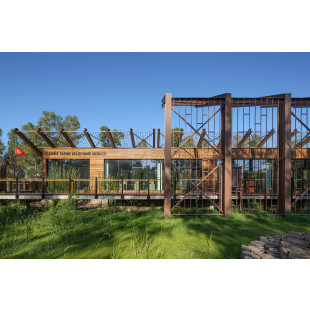
KÜNYESİ
Proje Türü:
MİMARİ
Proje Tipi:
AR-GE BİNASI
Proje Yeri:
İZMİR
Yapım Yılı:
2021
Yarışma Adı:
5. Ege Mimarlık Sergisi ve Ödülleri 2023
Yarışmanın Kategorisi:
Yapı
Ödül Grubu:
Yapı Ödülü
Proje Adı:
İzmir Tarımı Geliştirme Merkezi | Sasalı Biolab
Proje Yeri:
İzmir / Çiğli / Sasalı
Proje Ofisi:
Mert Uslu Mimarlık
Tasarım Ekibi:
Mert Uslu, Nilay Özcan Uslu
Mimari Proje Ekibi:
Mert Uslu, Nilay Özcan Uslu, Melek Güneysu, İmge Yurtseven Koç, Farida Rashidova, Merve Çelik
Proje Yöneticisi:
Mert Uslu
İşveren:
İzmir Büyükşehir Belediyesi - Etüd Projeler Dairesi
Ana Yüklenici:
Teknoen Mühendislik
Danışmanlar:
Prof. Dr. Koray Velibeyoğlu, Prof. Dr. Yusuf Kurucu
Proje Kontrolörü:
Berna Ataman Oflas
Şantiye Kontrolörü:
Berna Ataman Oflas
İç Mekan Projesi:
Mert Uslu Mimarlık
Uygulama Projesi:
Mert Uslu Mimarlık
Peyzaj Projesi:
Kentselizm
Statik Projesi:
Deniz Alkan Mühendislik
Mekanik Projesi:
BTU Proje
Elektrik Projesi:
Ayc Mühendislik
Fotoğraf:
ZM Yasa
Film:
ZM Yasa – Selim Ateş
Proje Başlangıç Yılı:
2018
Proje Bitiş Yılı:
2019
Arsa Alanı:
12600 m2
İnşaat Başlangıç Yılı:
2020
İnşaat Bitiş Yılı:
2021
Toplam İnşaat Alanı:
2000 m2
PROJELER
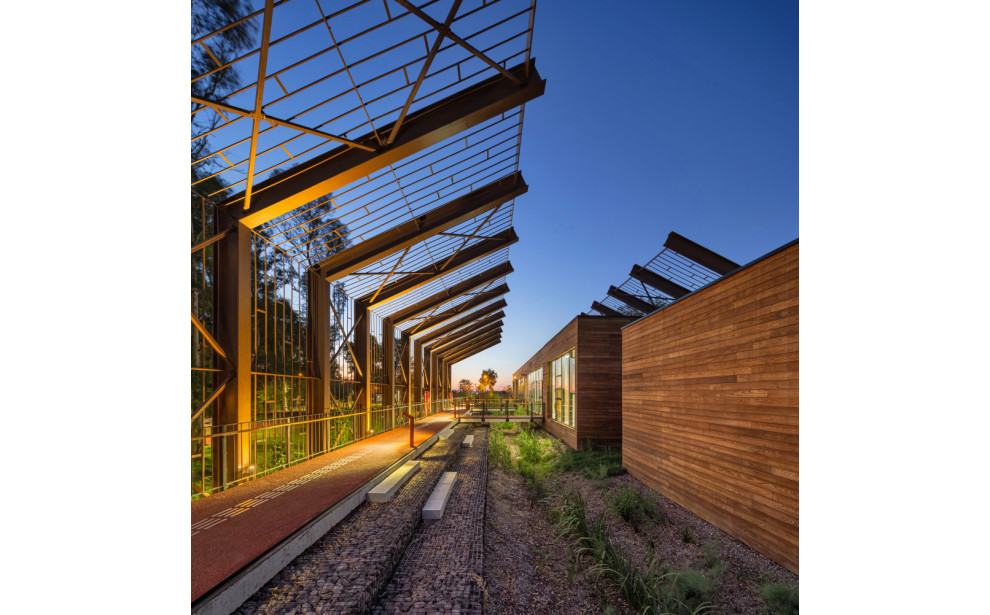
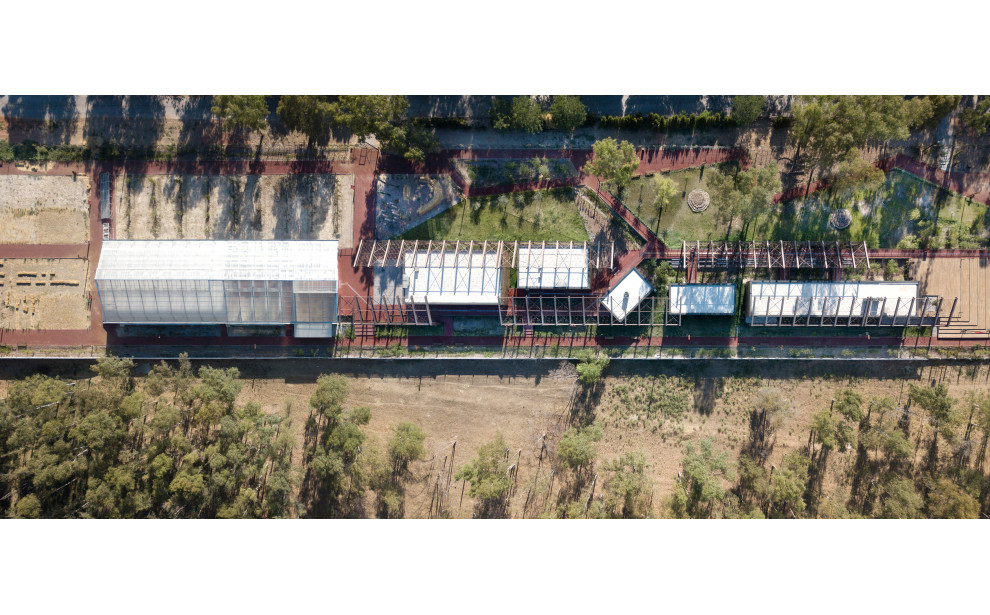

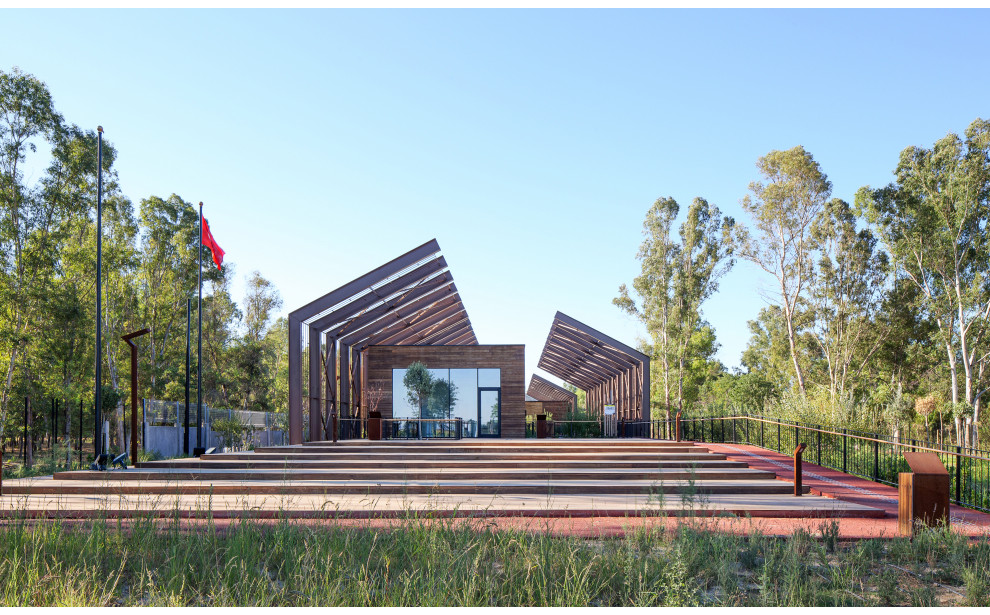
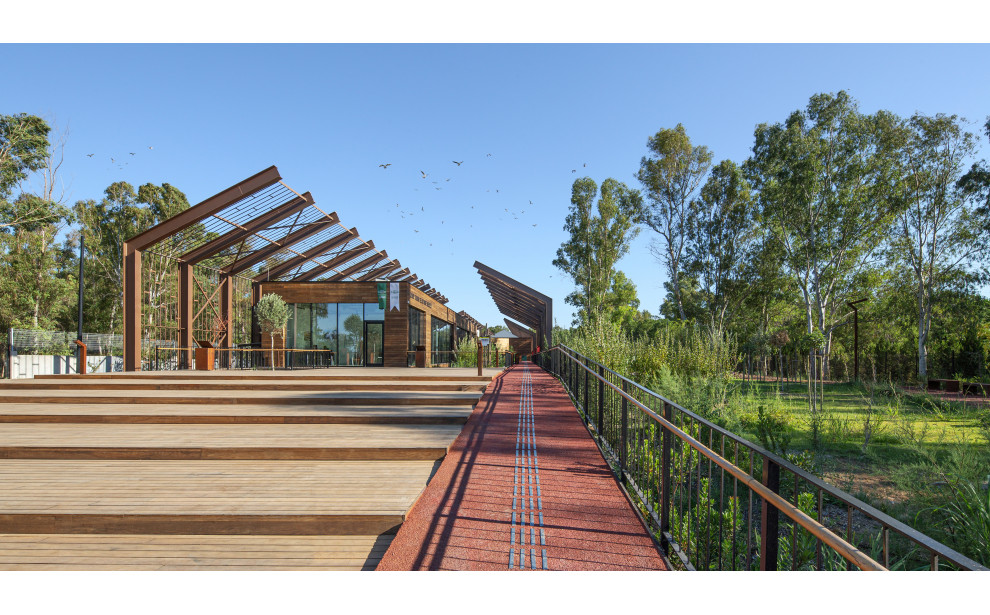
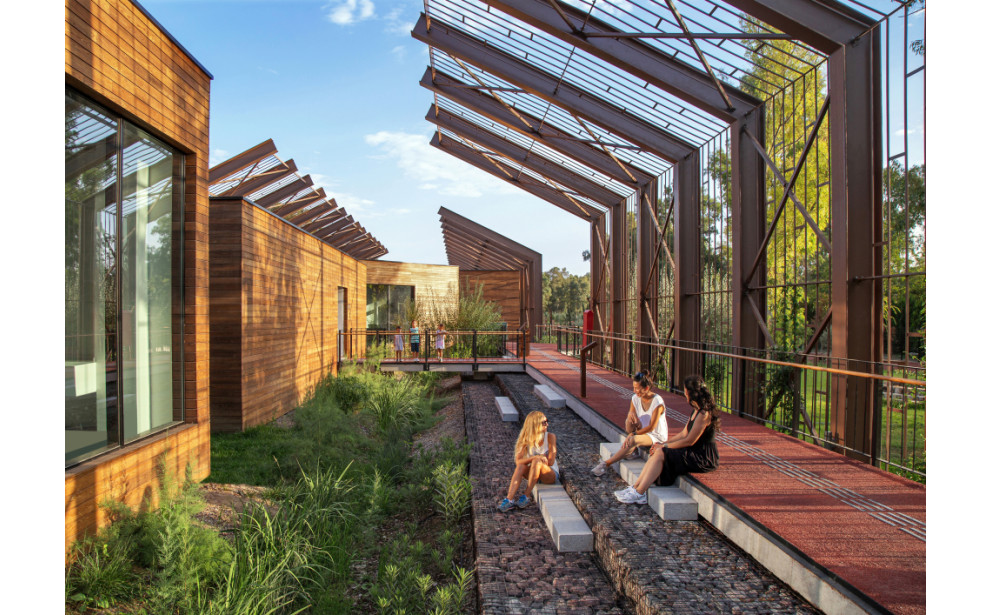
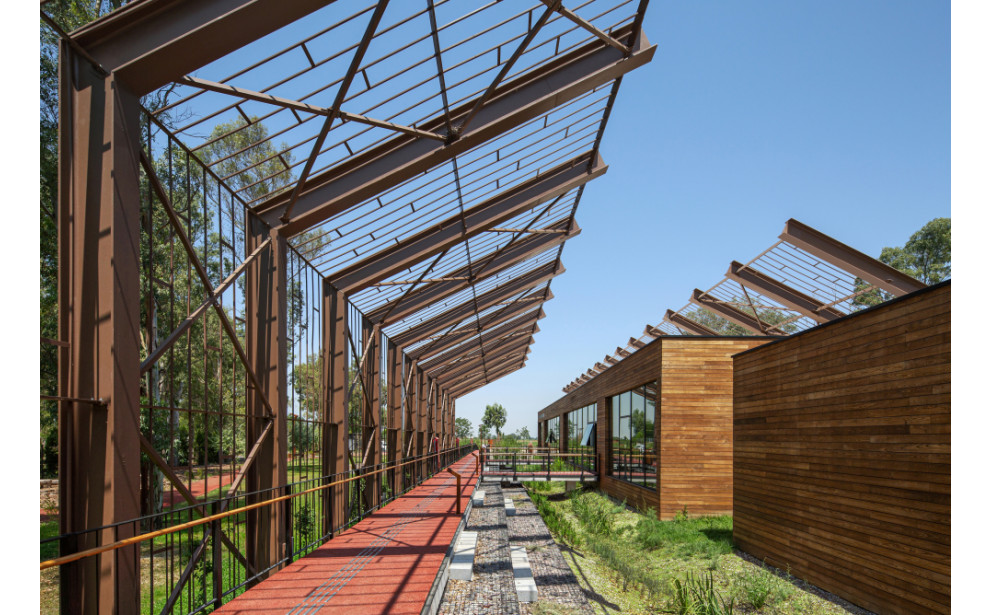

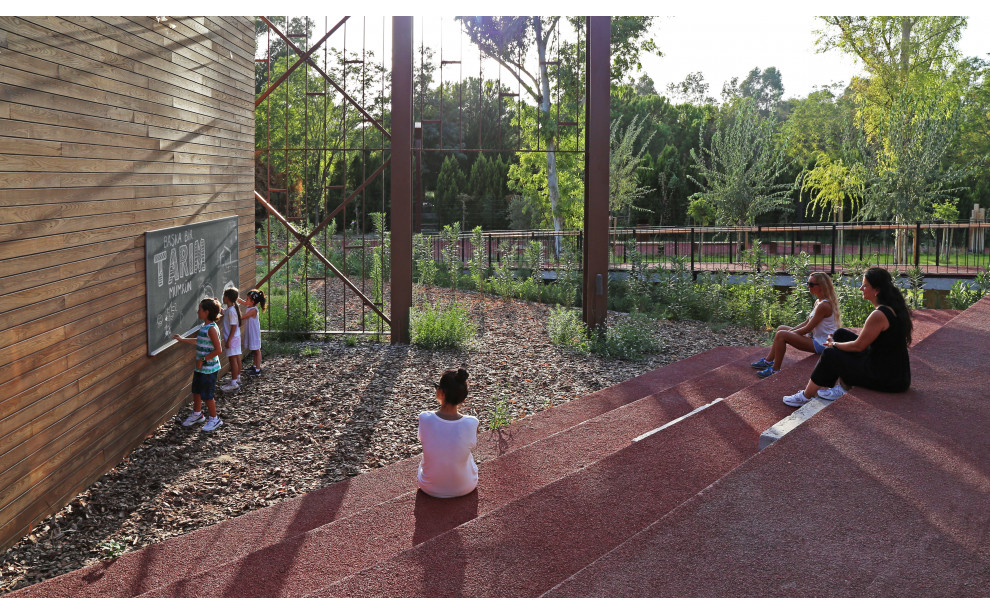
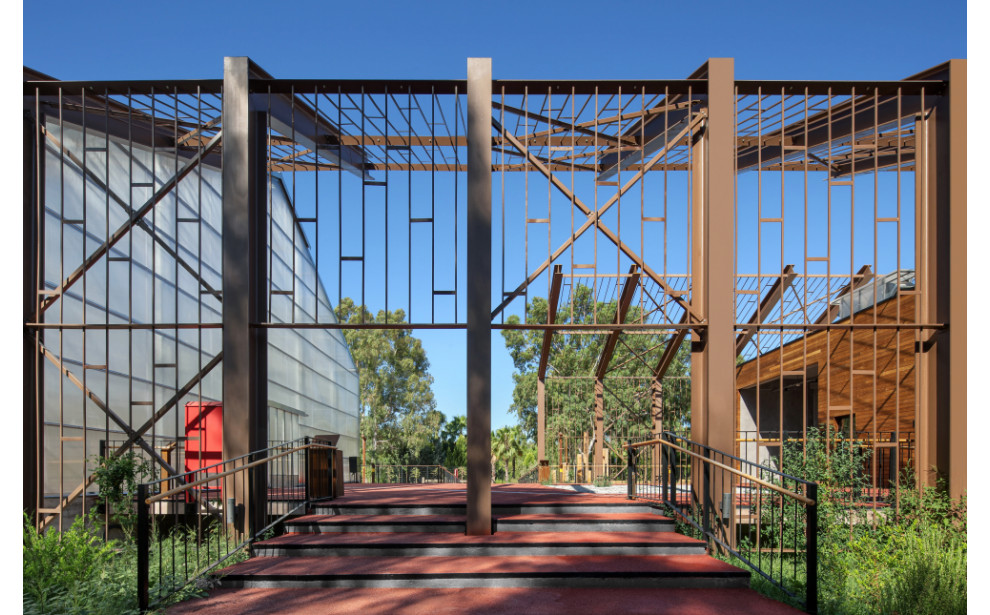

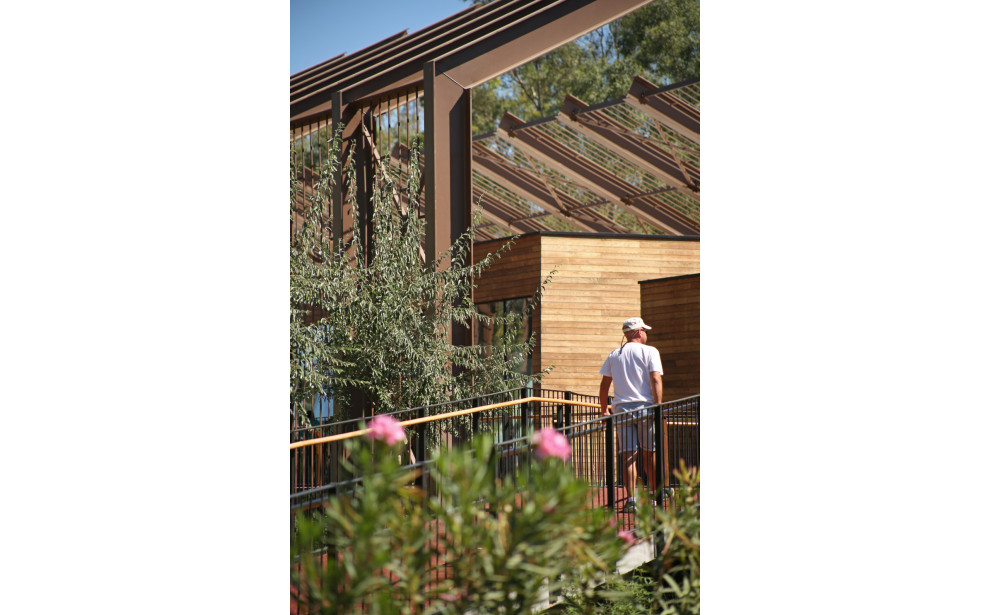
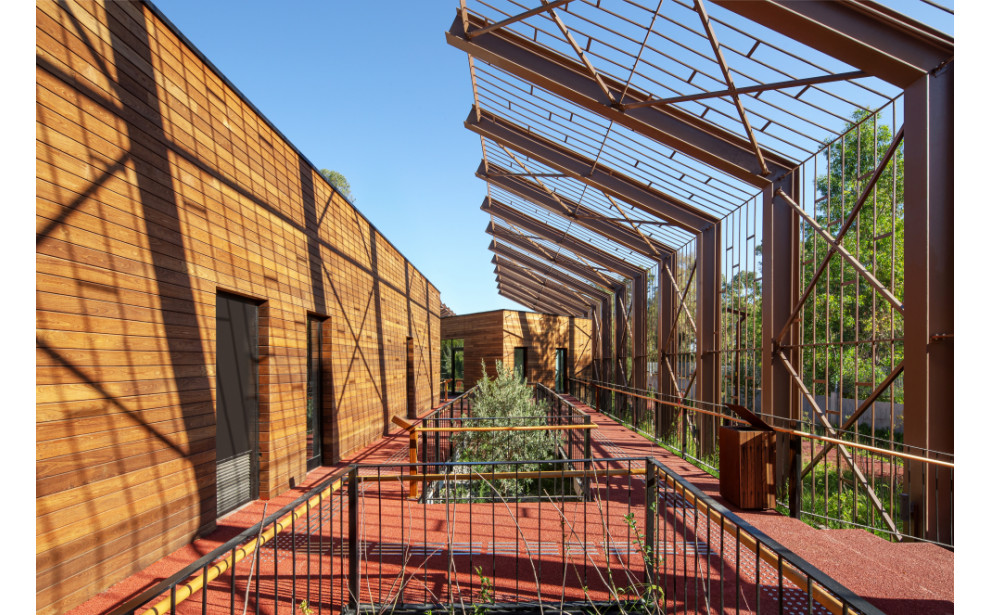
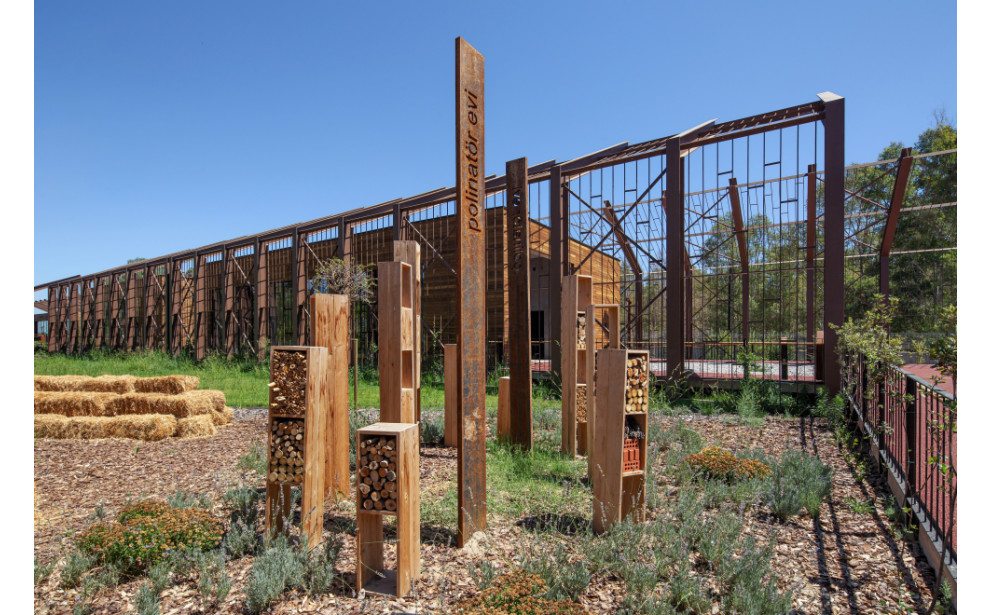

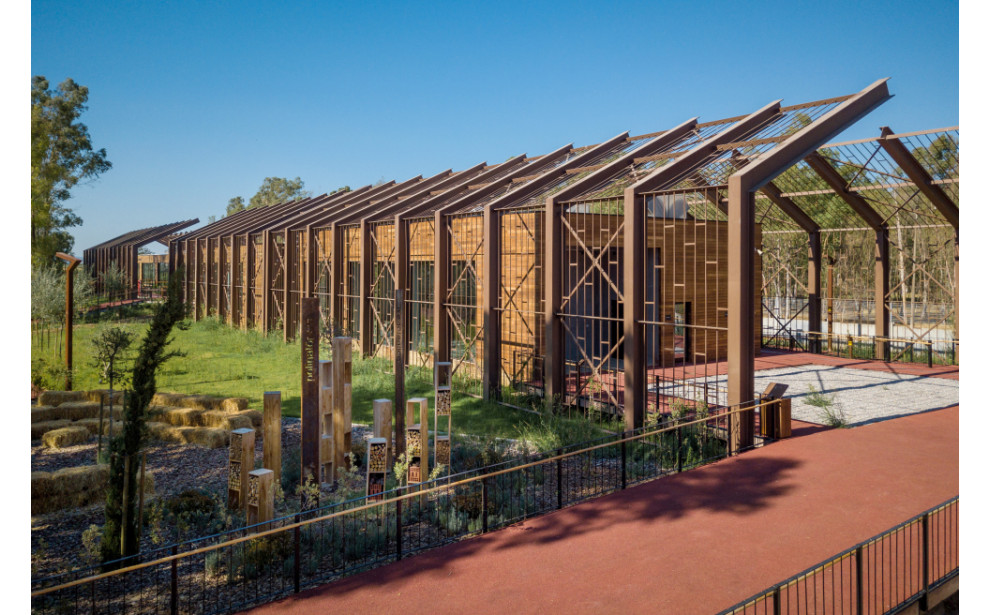
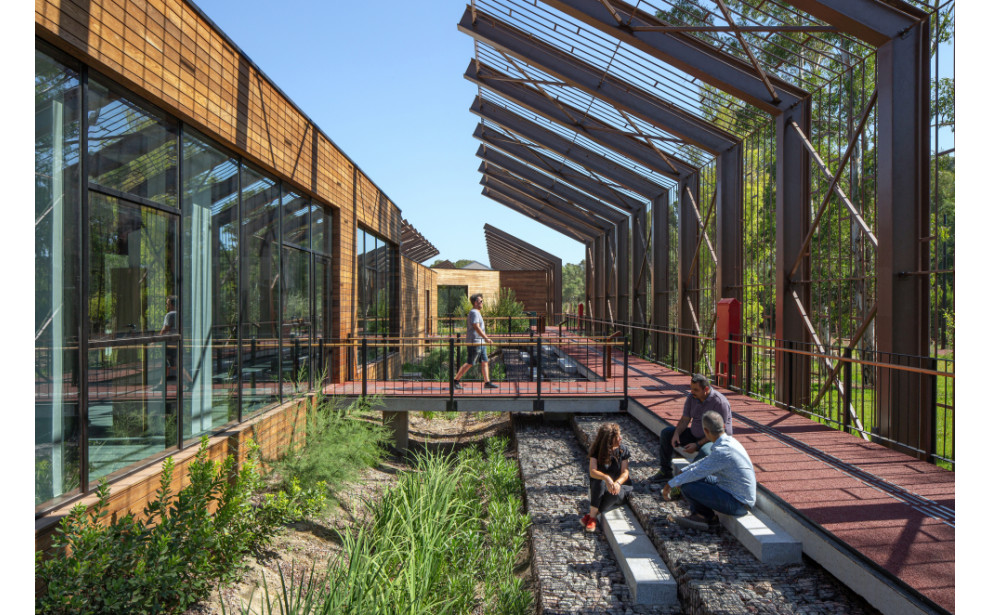
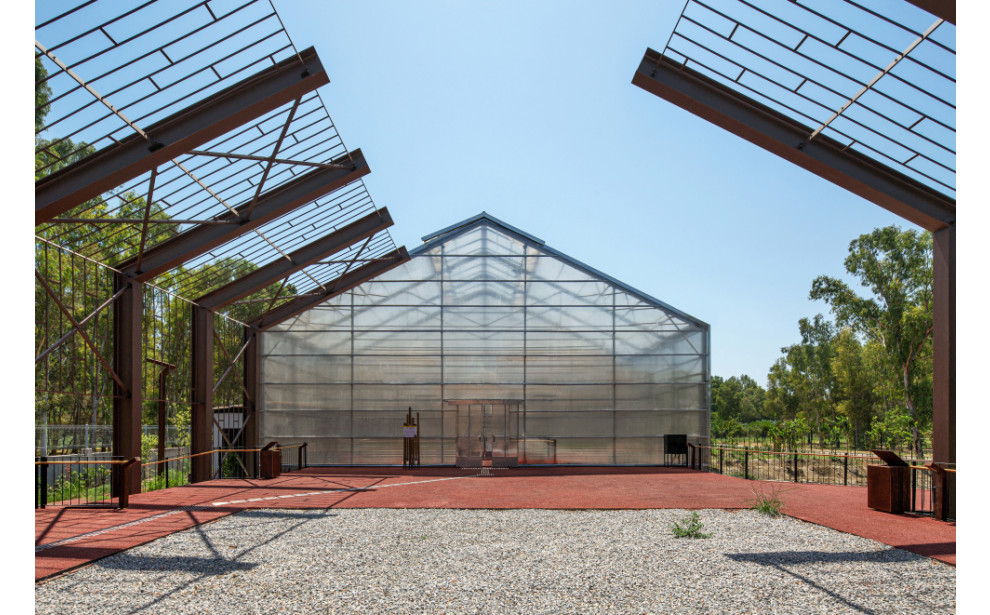

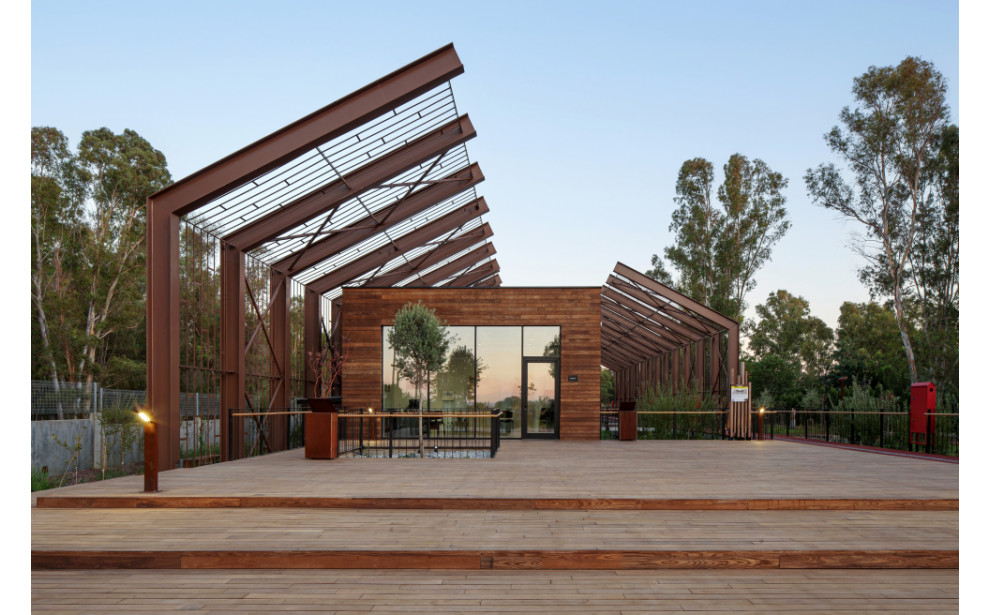
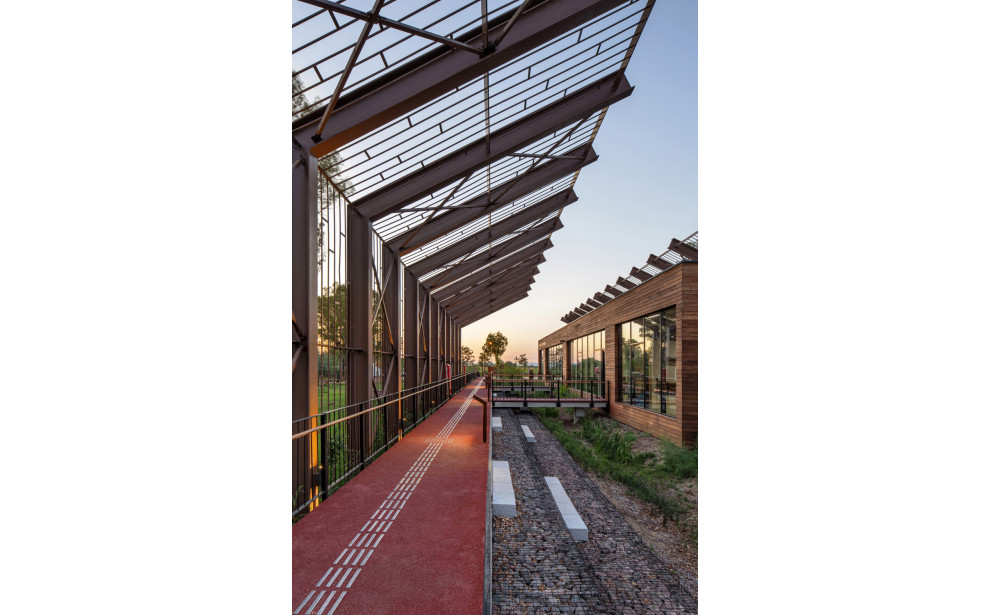
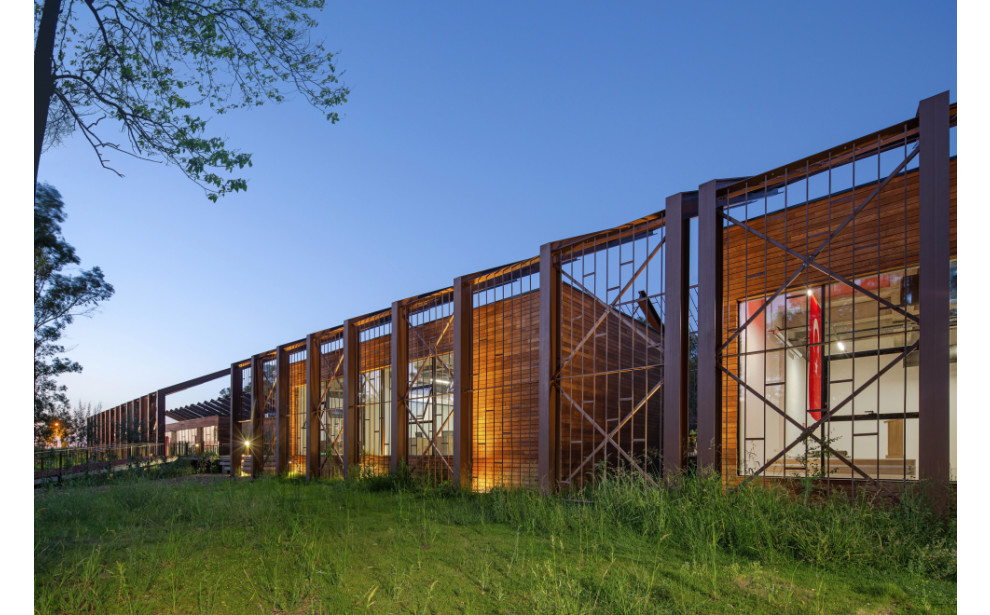
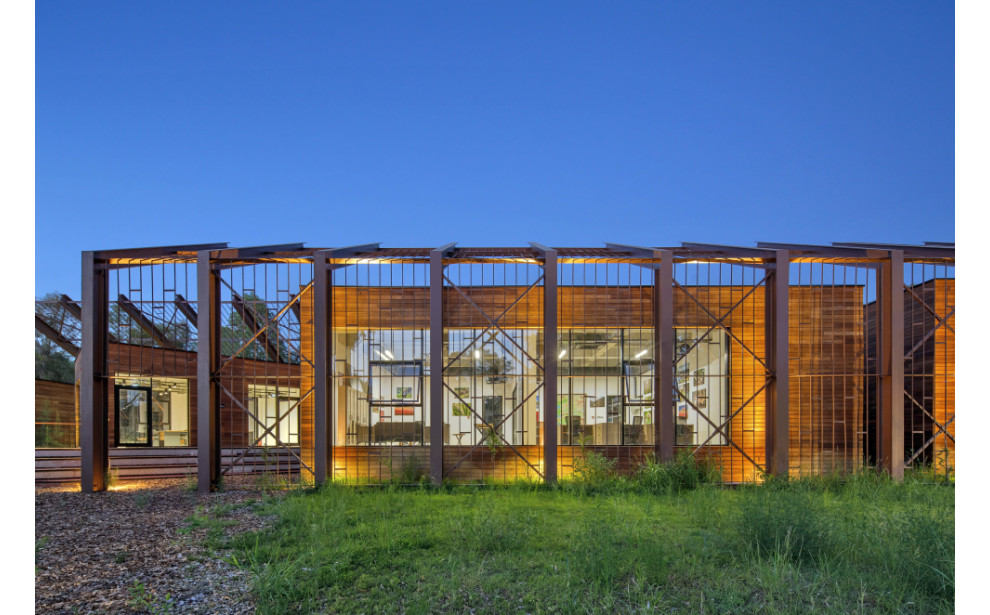
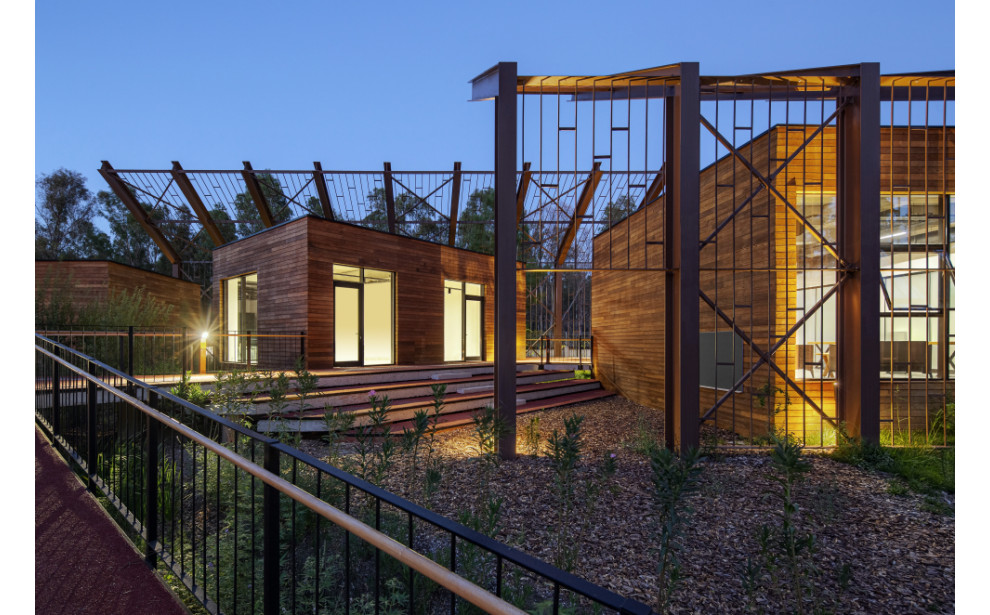
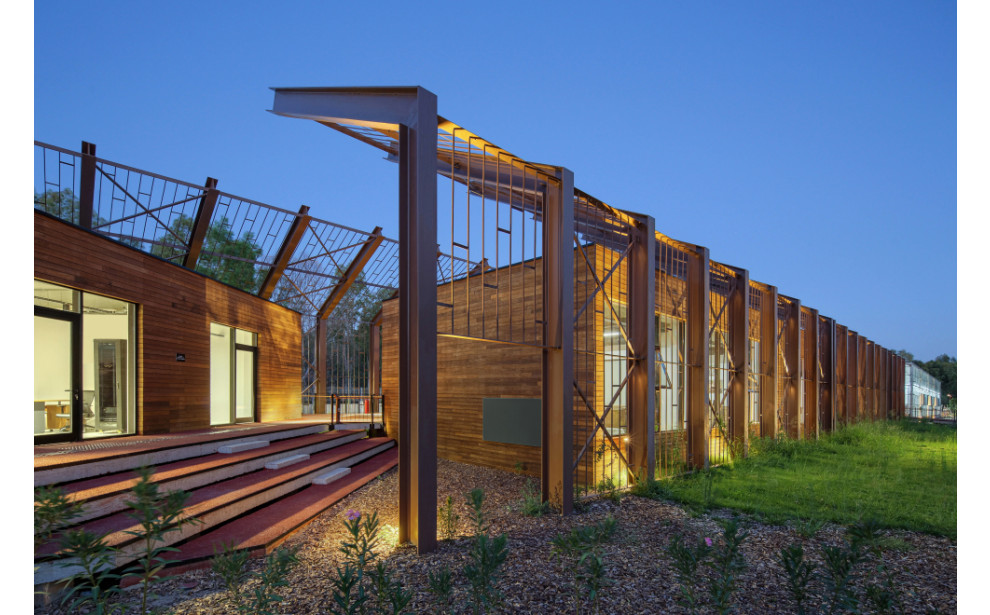
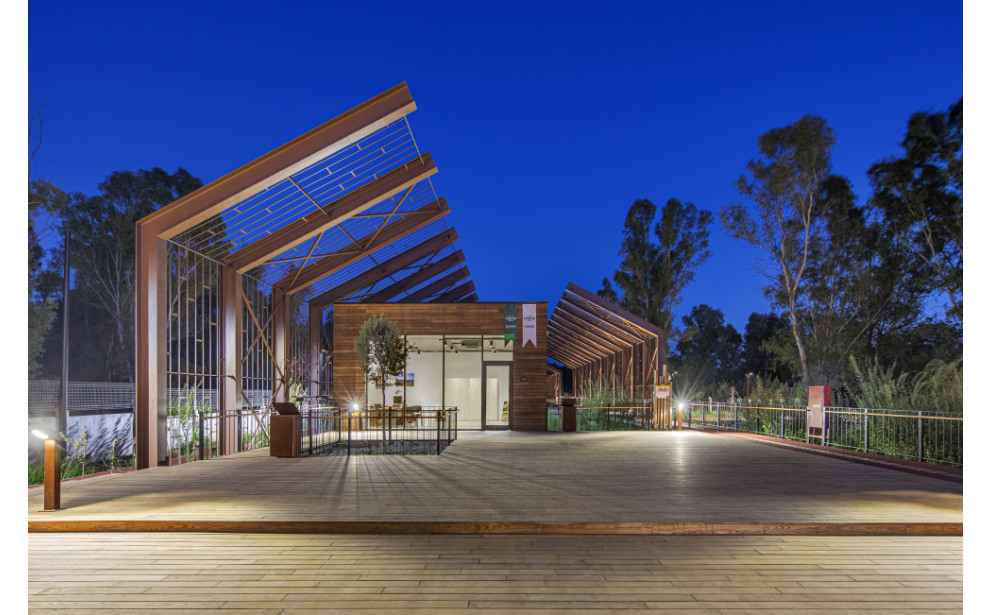
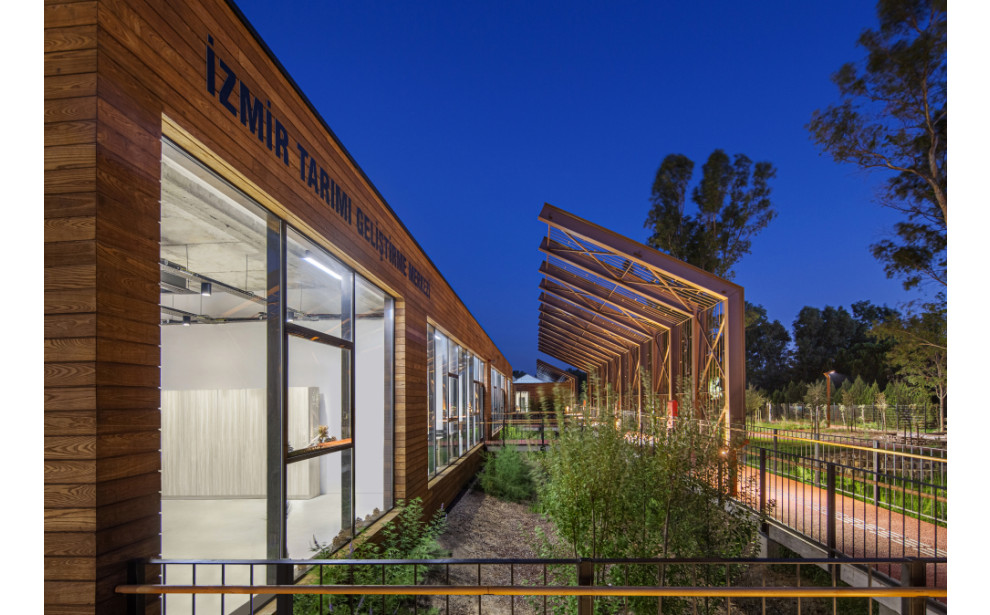


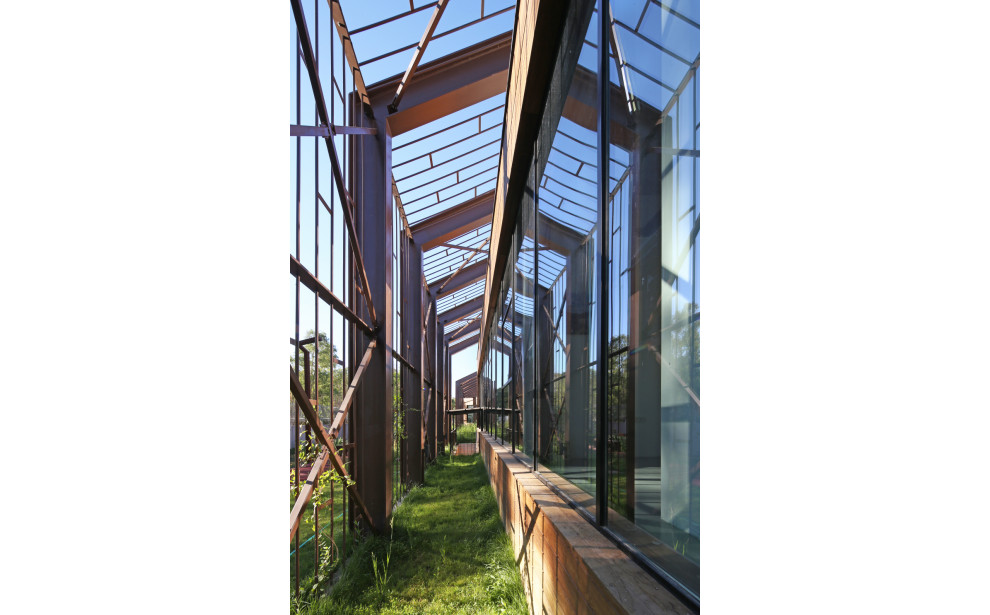
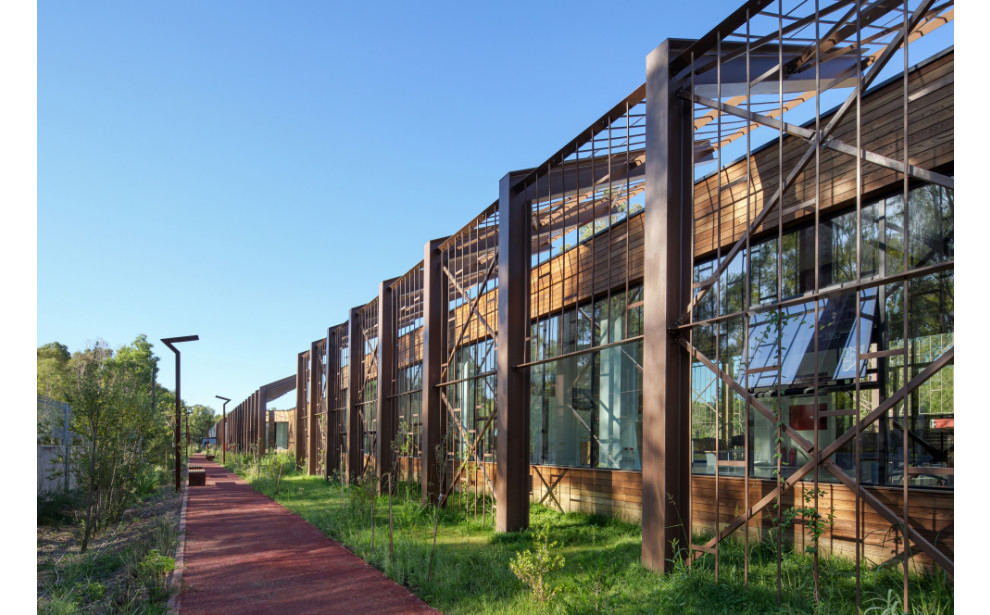
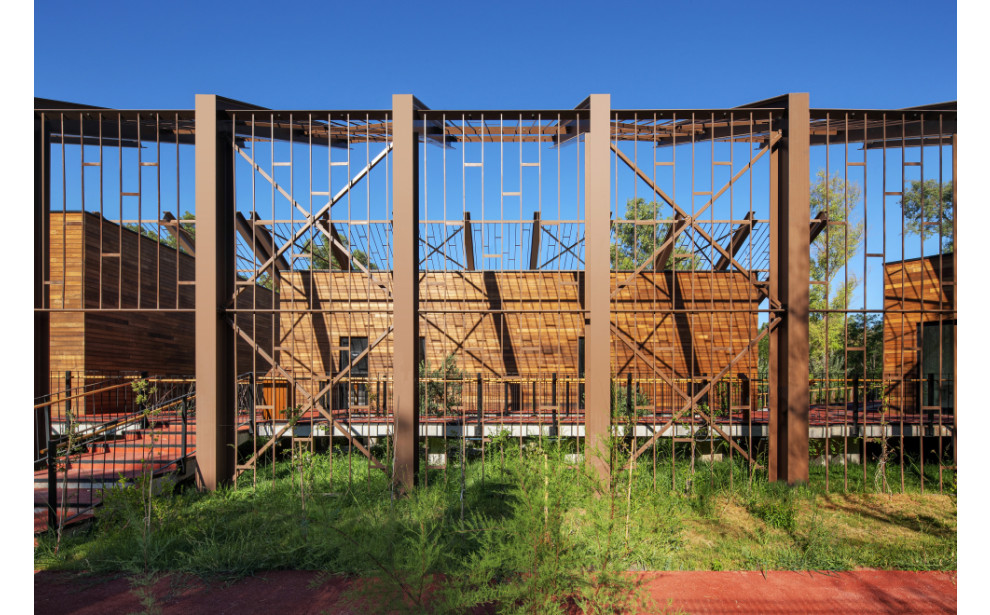
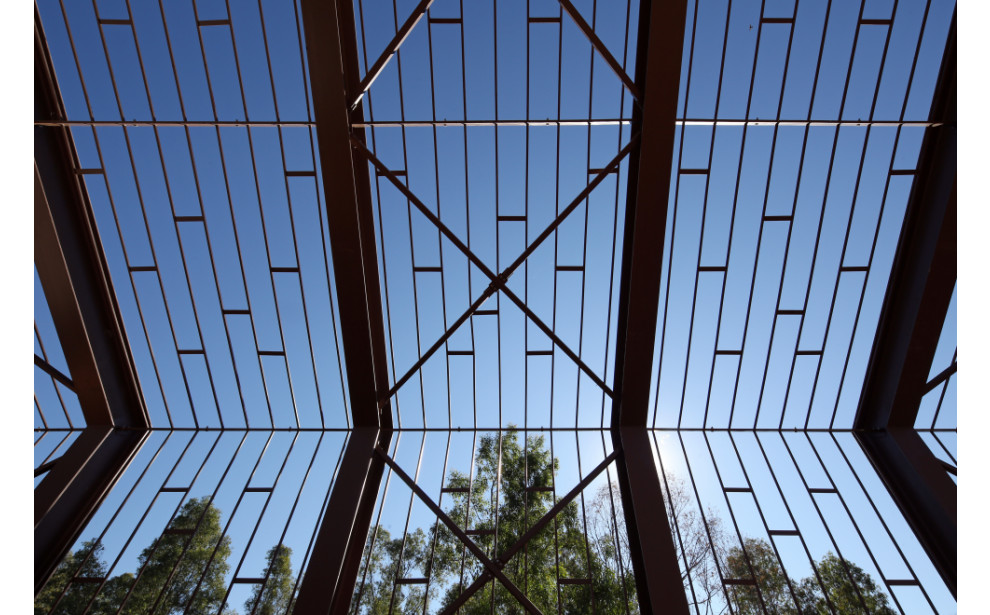
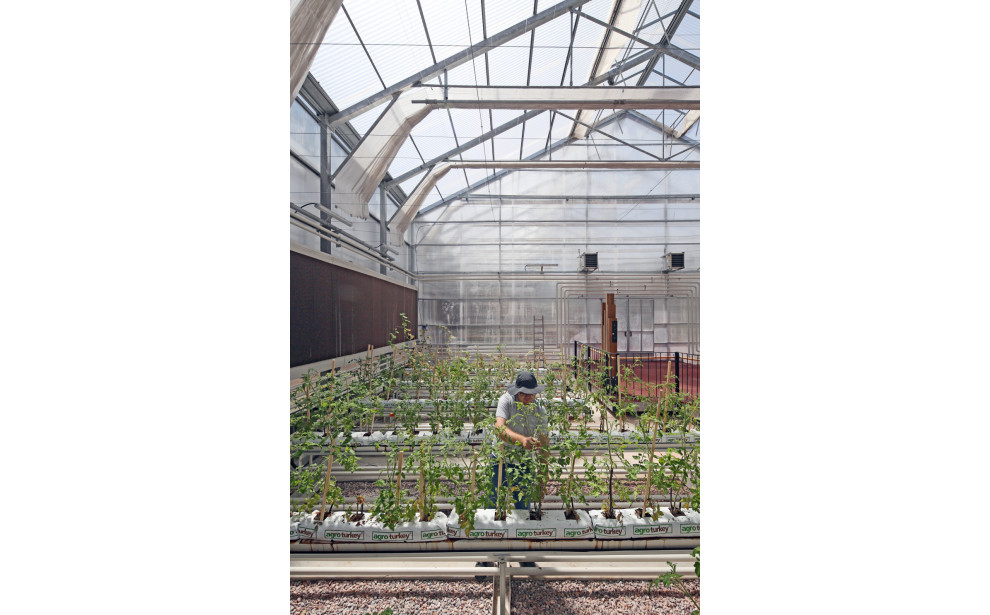

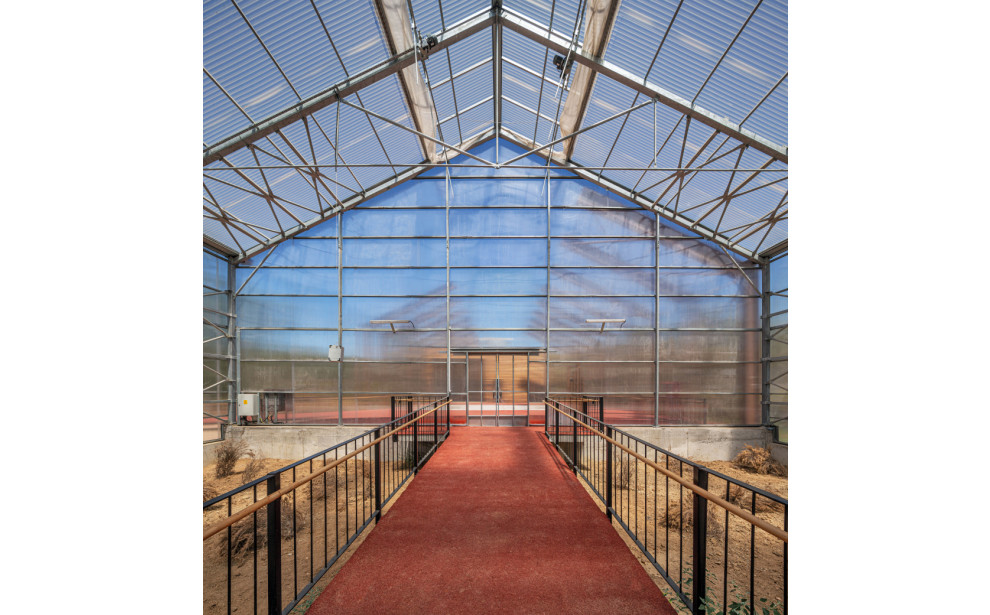
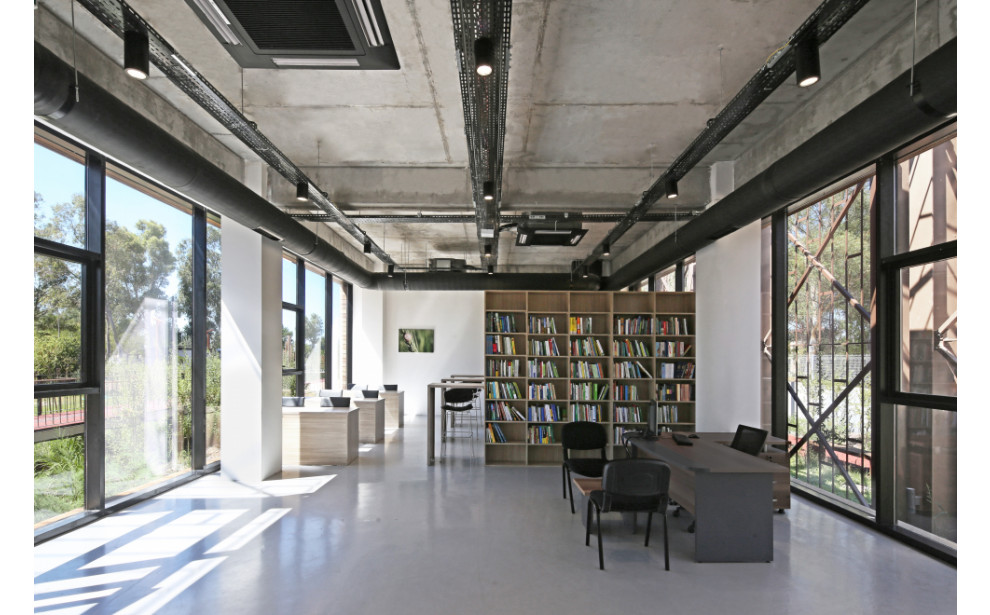
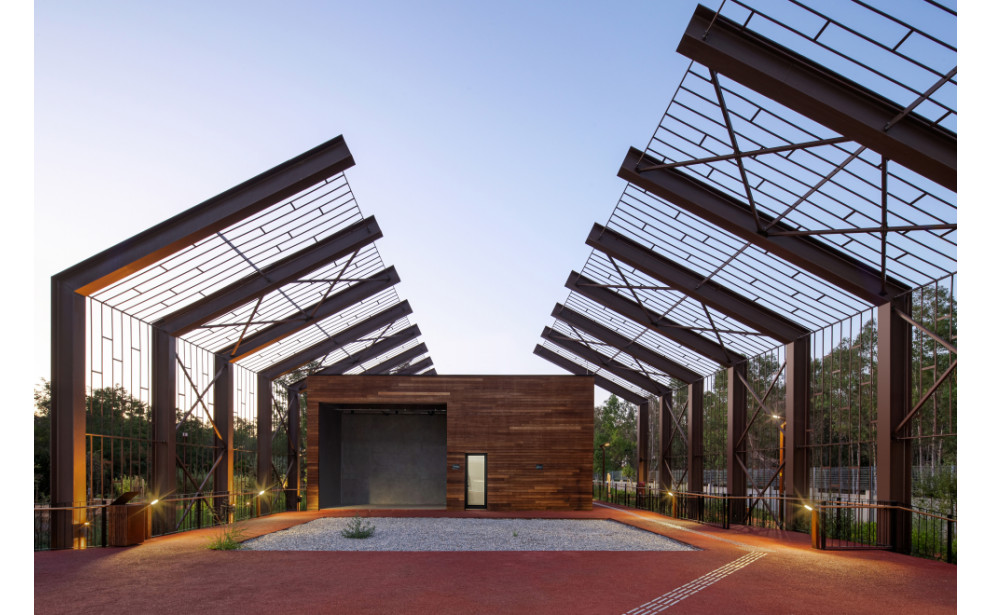
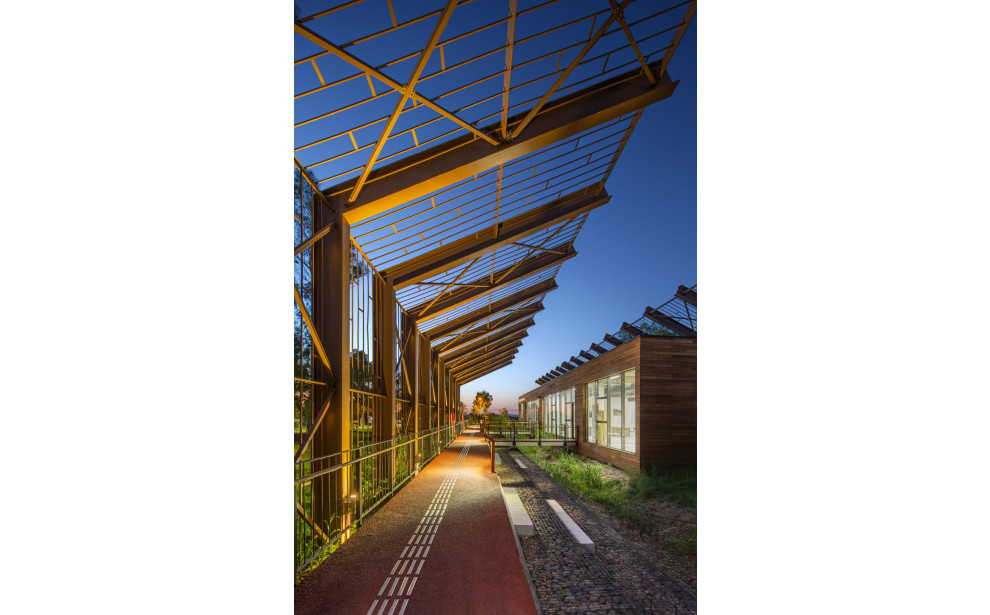
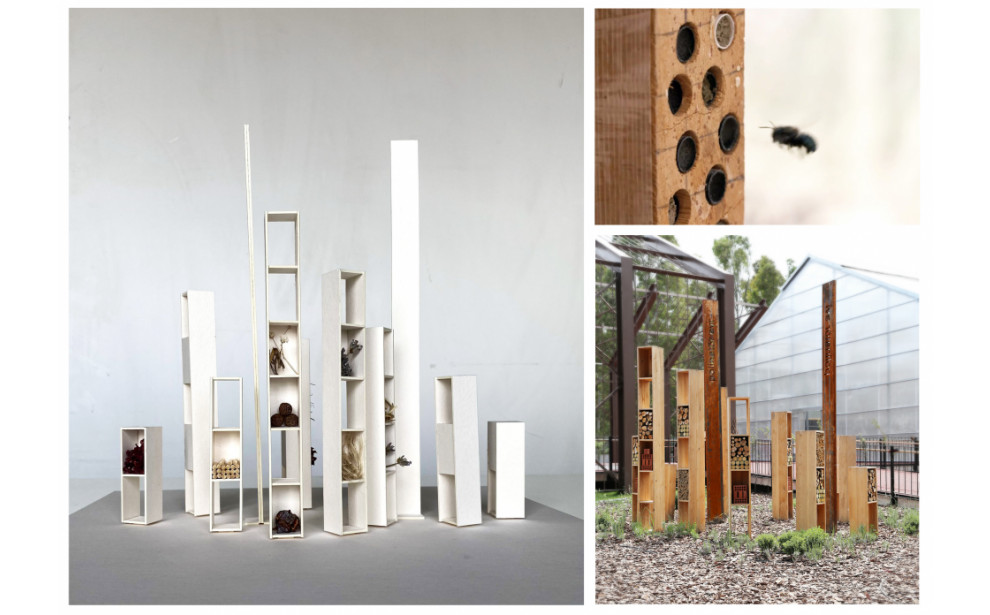
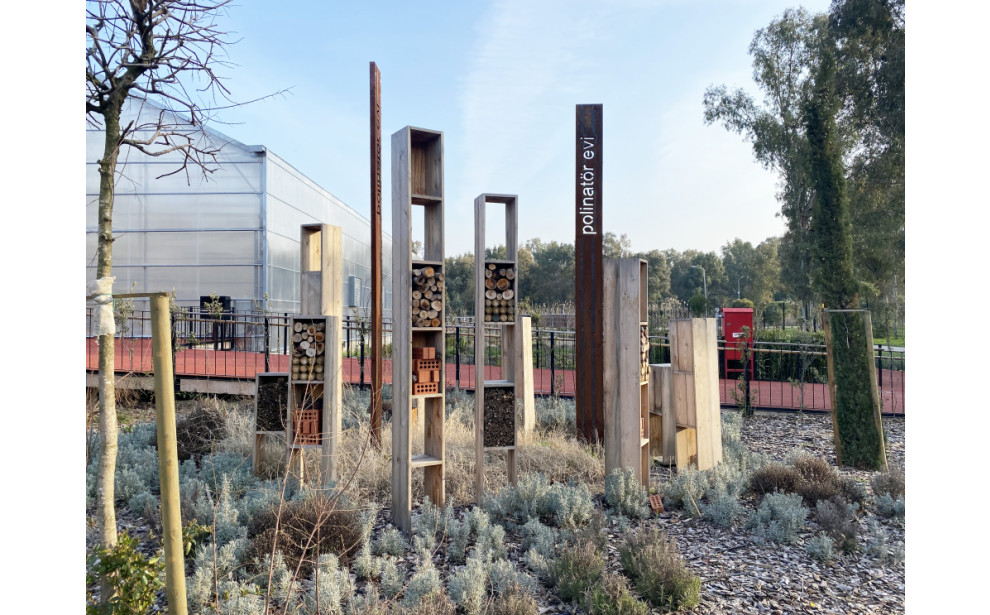
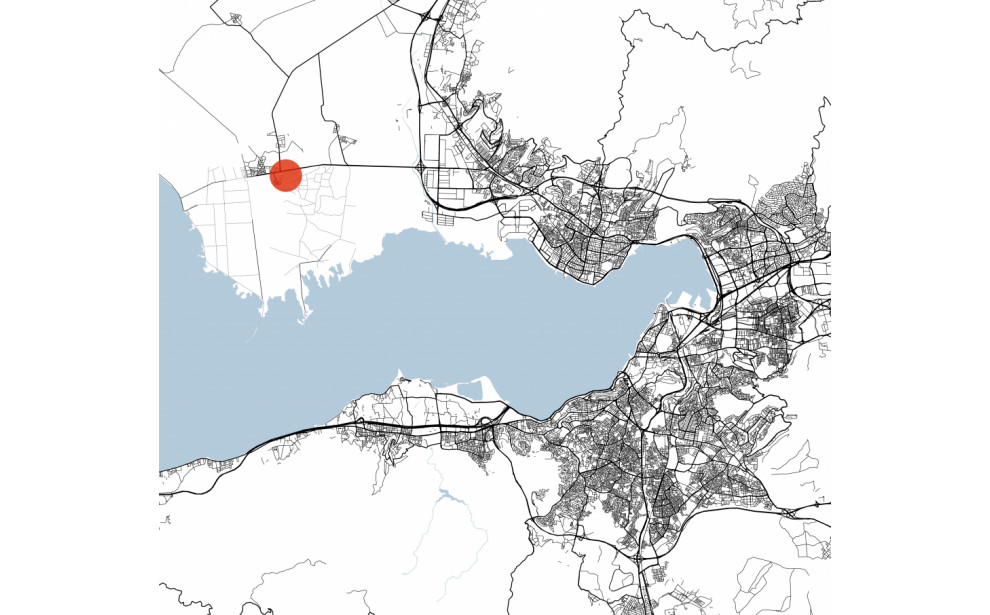
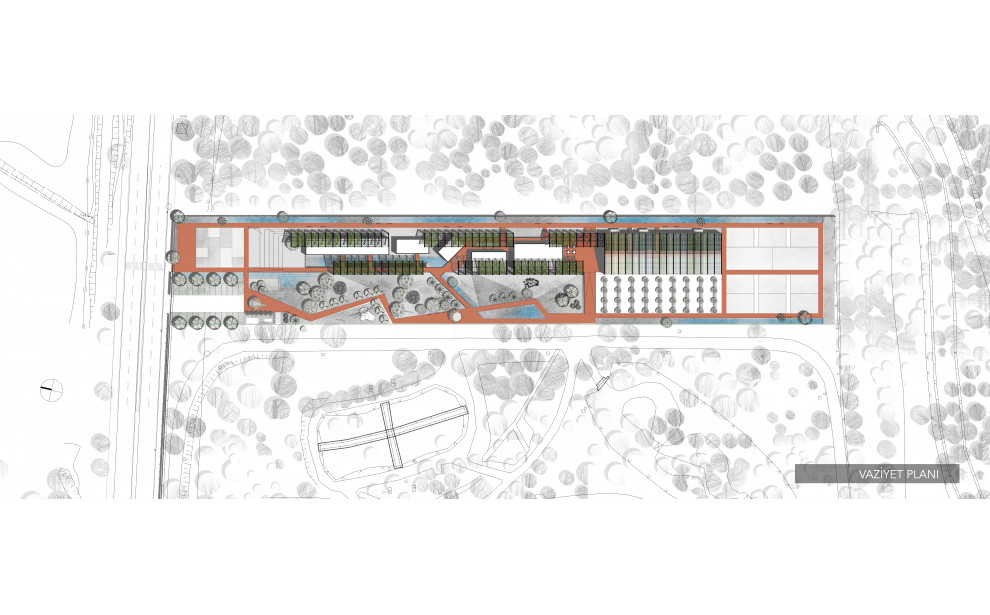
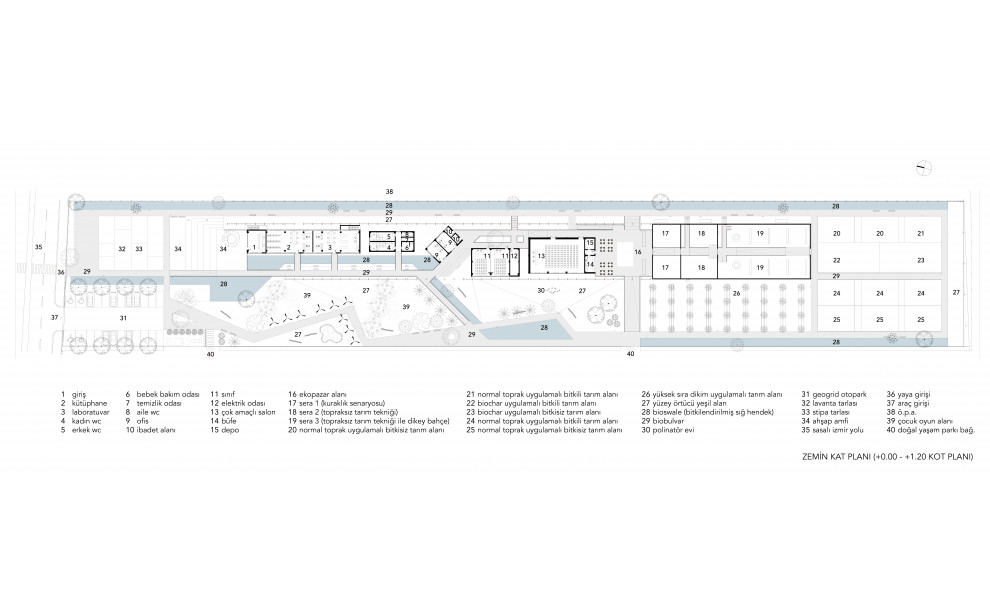
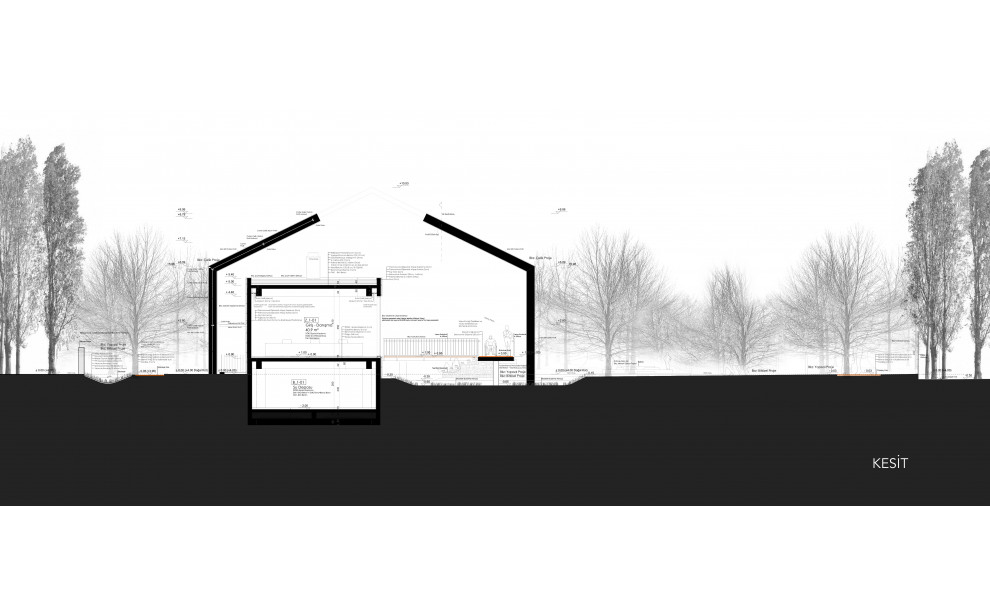
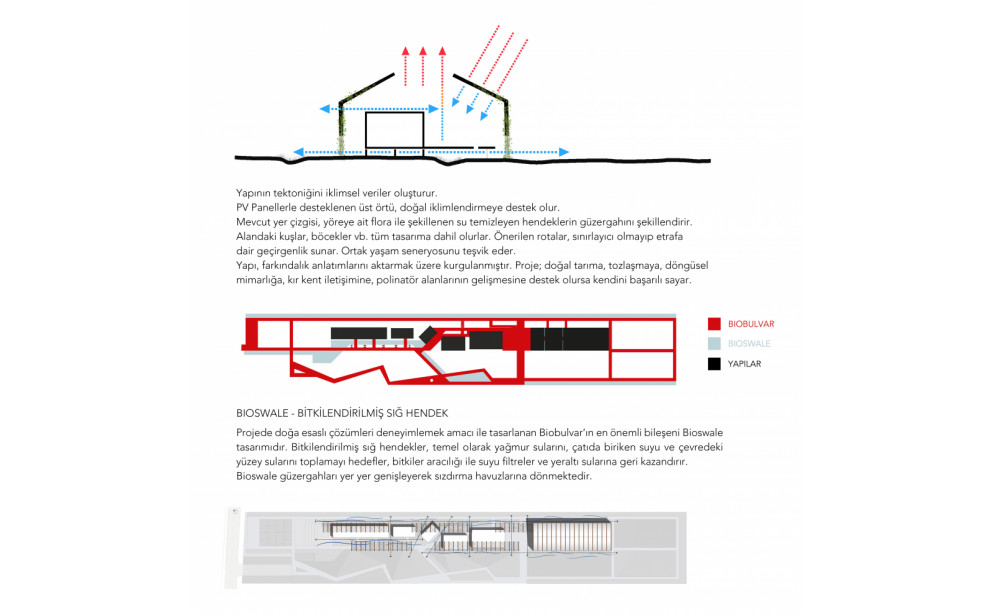
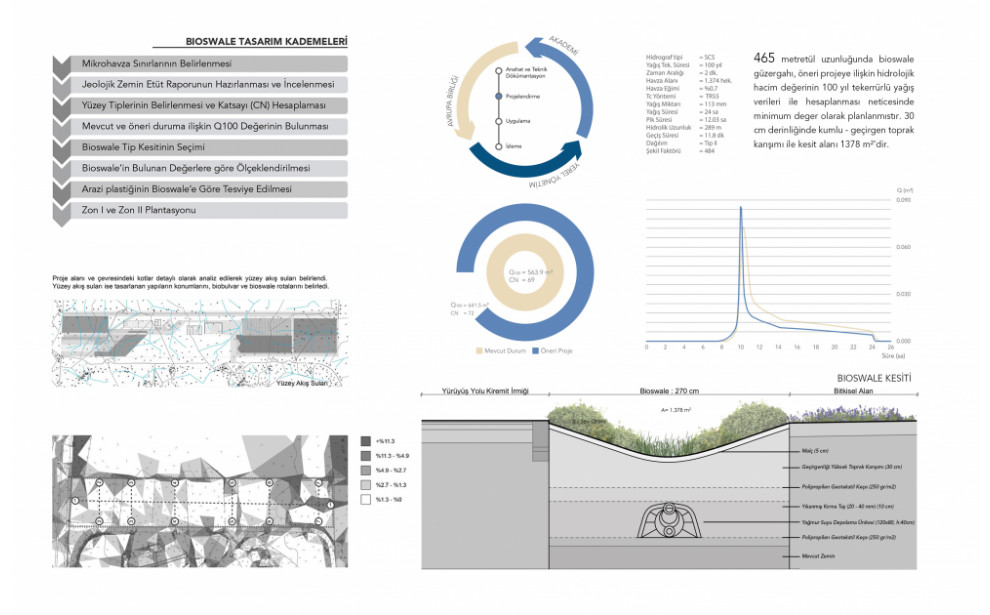
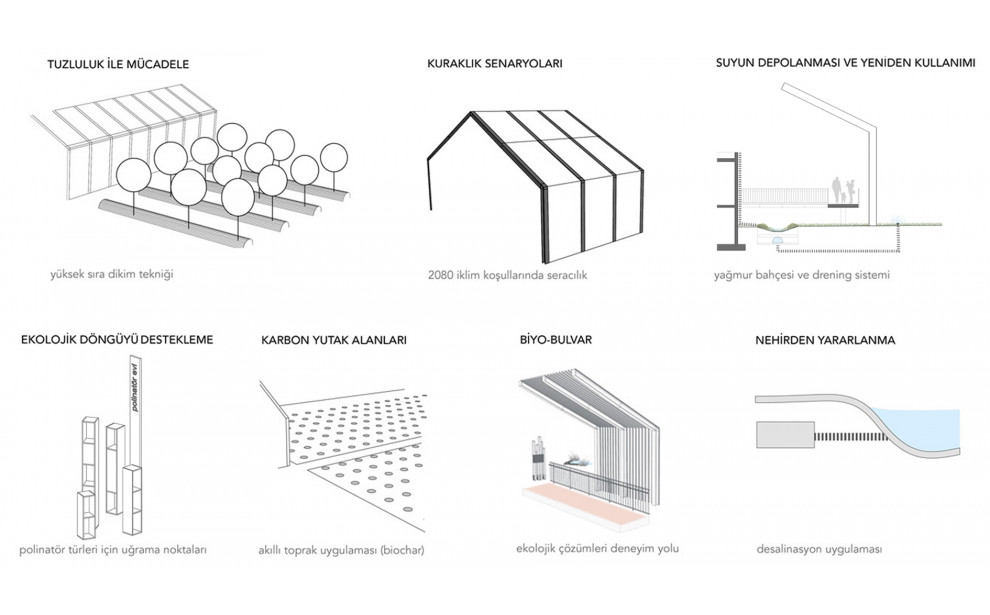
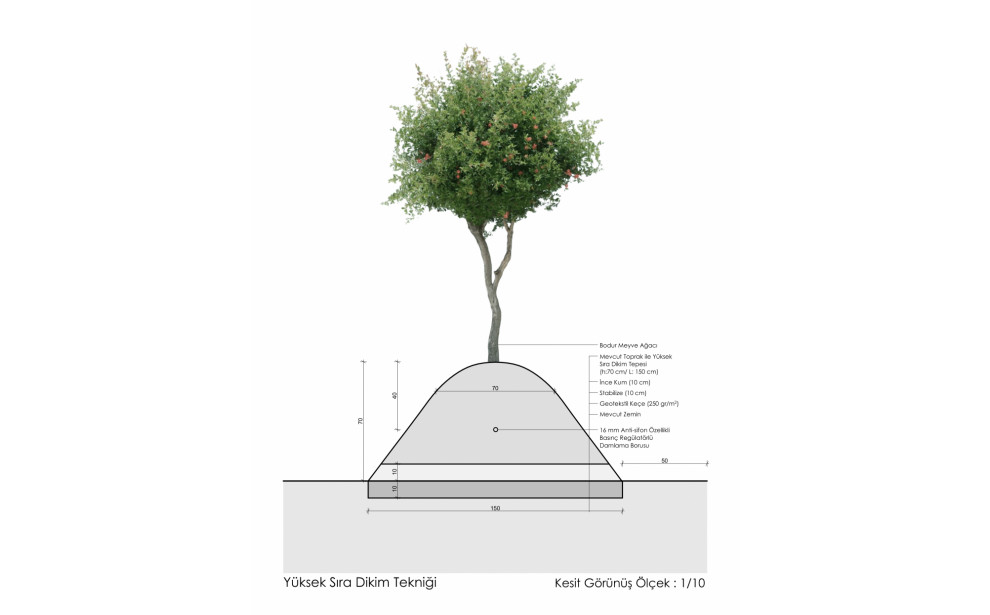
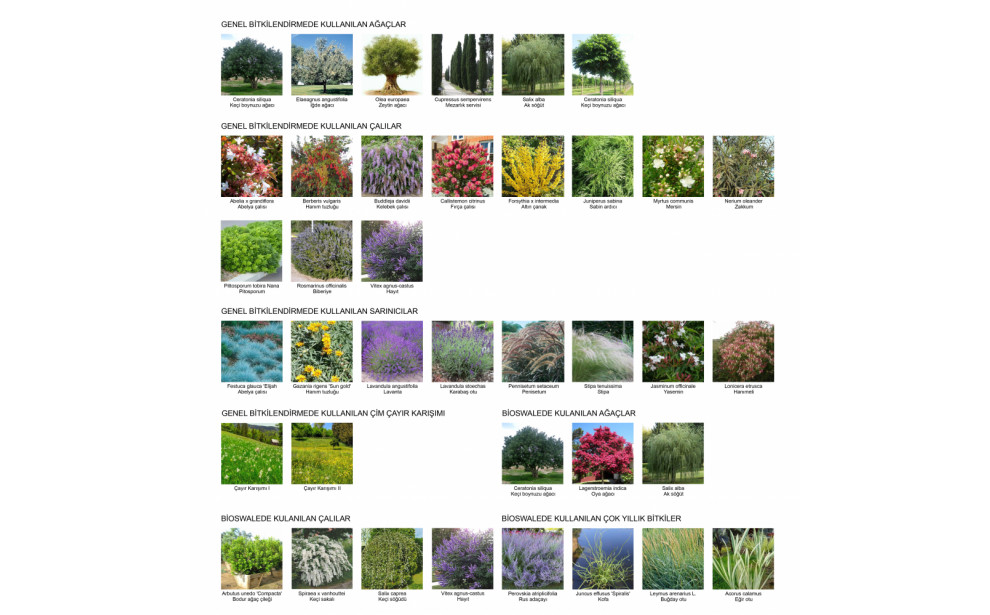

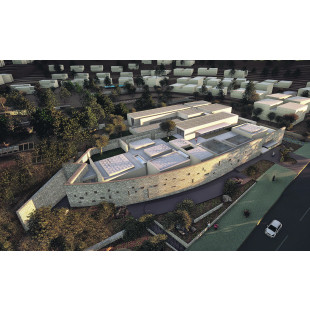
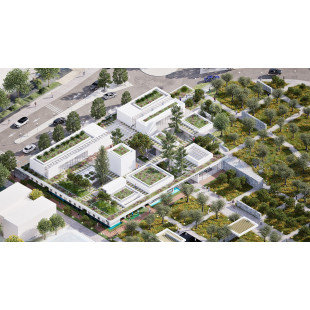
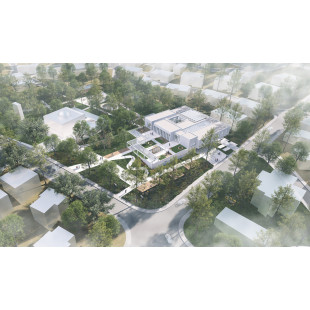
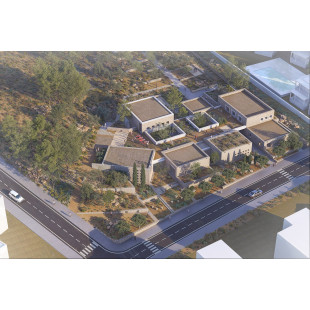
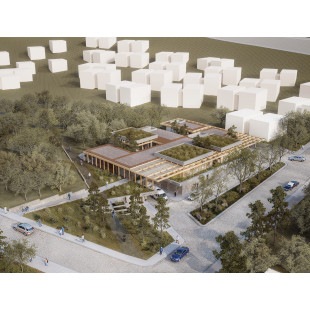

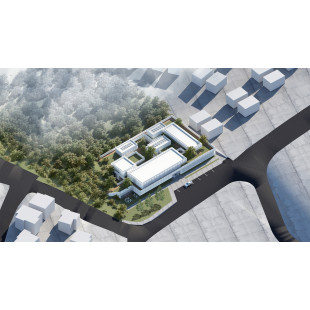
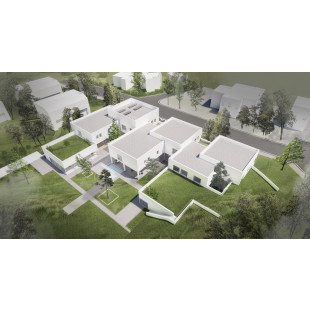
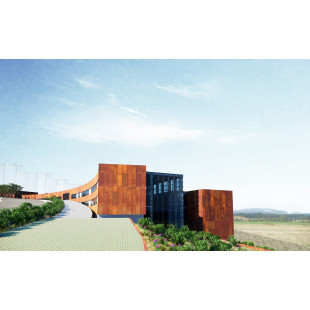


Yorum yapmak için giriş yapmalısınız. GİRİŞ YAP / KAYIT OL